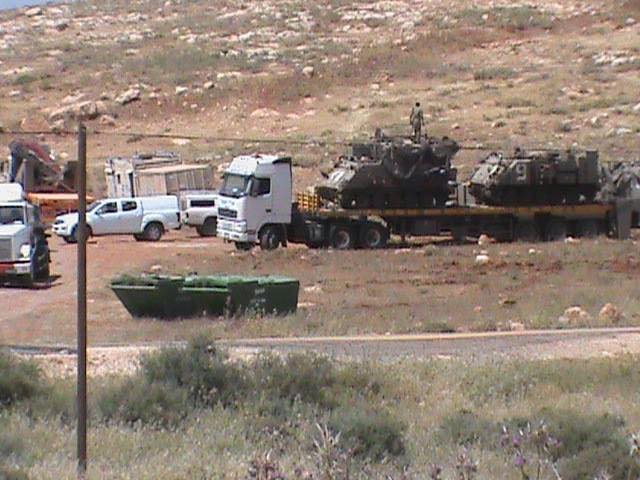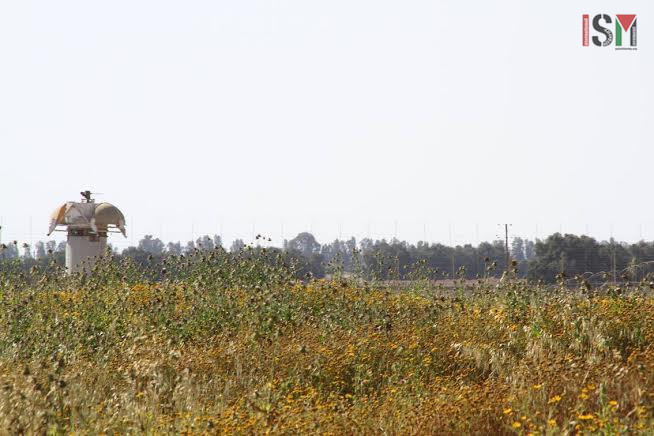Tag: Farmers
-

Israeli military training critically damaging to Palestinian farmers
25th April 2015 | International Solidarity Movement, Huwwara Team | Aqraba, Occupied Palestine On 25th April 2015 ISM volunteers met with the mayor of Aqraba, Ayman Bani Fadl, who has asked internationals to document the intrusive Israeli occupation forces’ actions over the past week. The Israeli forces have been using civilian farm land to carry out training…
-

VIDEO: Israel forces once again open fire at Palestinian farmers in Gaza
3rd April, 2015 | Miguel Hernández | Khuza’a, Gaza, Occupied Palestine As soon as we arrived at the land where the farmers wanted to work, about 80 meters from the zionist fence which borders and cuts of the Gaza Strip, an Israeli occupation military jeep stopped in front of us. A group of soldiers left the car and started shooting…
-

Last summer’s Israeli aggression is sending Gaza back to the Middle Ages
31st March | Miguel Hernández | Gaza, Occupied Palestine Zionist colonisers destroy the tools for self-sufficiency of Palestinians in Gaza Months after the last massive Israeli aggression against the Gaza Strip, thanks to the social and independent media, everyone has read news and seen pictures of the attacks from the zionist regime against residential buildings, United Nations shelter-schools, hospitals, ambulances, mosques,…
